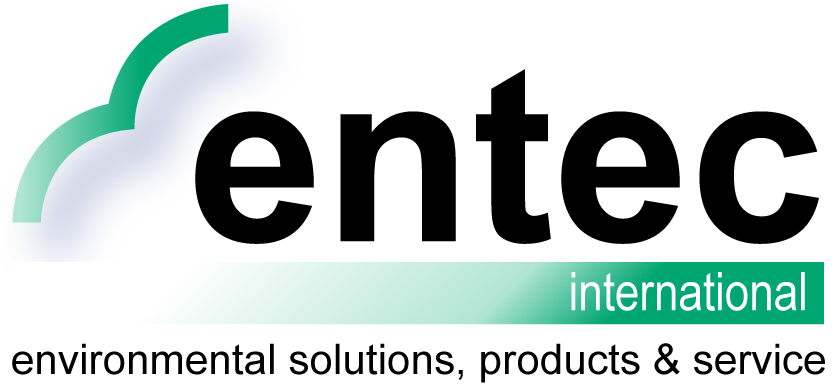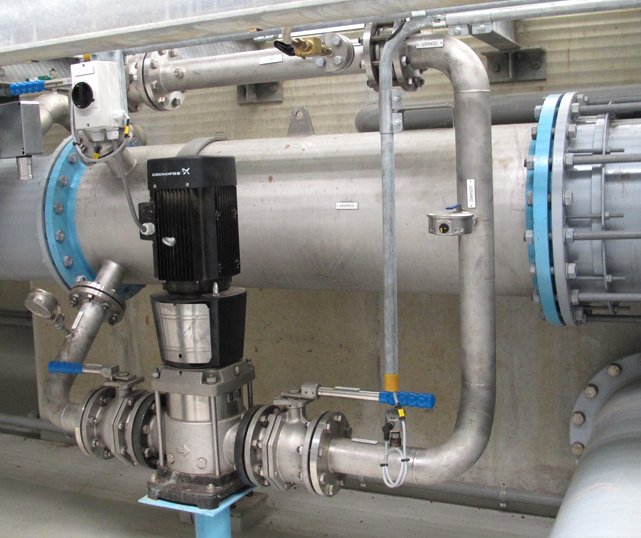ENTEC® Ozone Dispersion System ODS
Static mixers have been used in drinking water and waste water treatment for many years to dissolve gases in large-scale applications. The effectiveness of these mixers depends on the size of the gas bubbles formed.
Due to the increasingly higher quality requirements that both the government and end-users set for drinking water and waste water, it is necessary to constantly innovate in this sector. The unique thing about the ODS system is that it combines two static mixers.
Typical applications of the ODS mixer:
- Aeration of drinking water when removing iron, magnesium and CO2
- Addition of ozone to drinking and waste water using ozone, air or ozone oxide mixtures
- Addition of carbon dioxide with mineral water
- Many types of gas / liquid mixes for large-scale applications
- BOD and COD reduction
Advantages
- High efficiency with large-scale applications.
- Low investment.
- Low pressure drop.
- Forming gas bubbles independent of mail flow.
- Low energy consumption & fast ROI.
- Plug flow properties.
- No moving parts, except the standard centrifugal pump.
- No maintenance, self-cleaning, easy operation.
- Enormous improvement of existing static mixer by adding side flow equipment.
- No narrow openings, which can cause blockages.
- Completely closed system, no open tanks.
When to apply a ODS mixer?
If the gas and liquid flows are reasonably constant, a conventional in-line mixer will work efficiently at a high flow rate. Gas is transferred in small bubbles. However, this is not possible if one and the same type of static mixer is used.
Additional process problems arise if the flow rates of the liquid and / or gas vary. This has a direct effect on the size of the gas bubbles. A single static mixer cannot be used effectively at strongly varying flow rates. At low speeds, the bubbles tend to become too large for large-scale application and at high speeds, the pressure drop becomes unacceptably high. However, the Ozone Dispersion System (ODS) does not have these problems!
Advantages of the ODS system
The ODS system has been specially developed and designed to prevent the disadvantages described above. The system uses two different mixers: one for optimally forming small bubbles and a second to improve both the contact time and the transfer of very large liquid quantities as effectively as possible. The gas bubbles are formed in a side stream, regardless of any variation in the main stream. Changes in the magnitude of the main flow will therefore not affect the dimensions of the bubbles and the end result.
The design with a low pressure drop provides a so-called plug flow transfer situation. This results in an effective uptake of the already formed gas / liquid mixture. This is possible with a very low pressure drop and an efficiency of at least 95%! The ODS mixer is specifically suitable for introducing oxygen and / or ozone.




